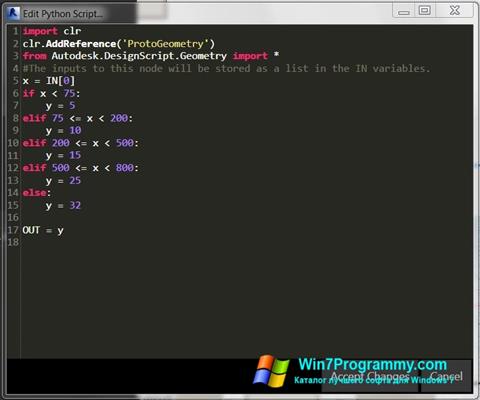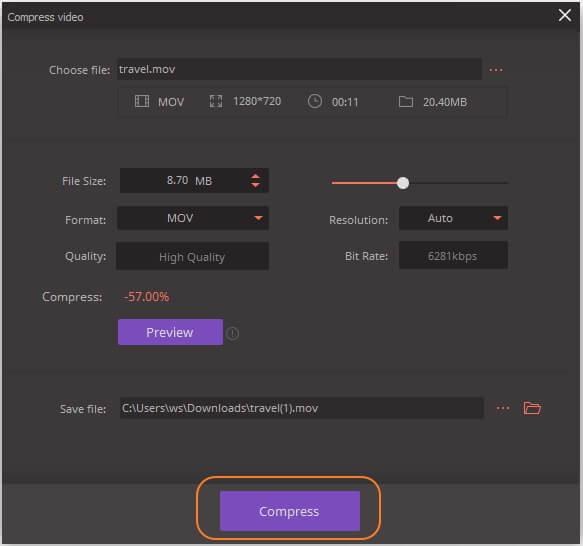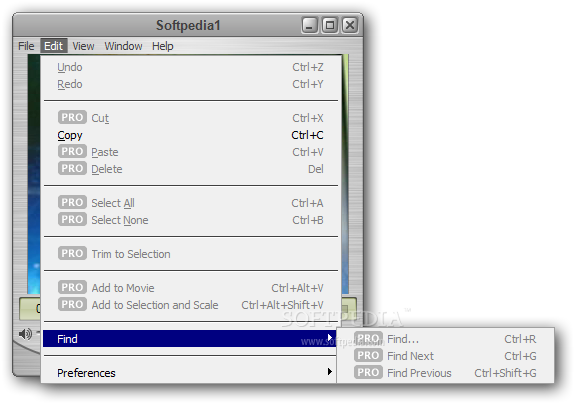

- #QUICKTIME FOR WINDOWS 7 ULTIMATE 64 BIT HOW TO#
- #QUICKTIME FOR WINDOWS 7 ULTIMATE 64 BIT MAC OS X#
- #QUICKTIME FOR WINDOWS 7 ULTIMATE 64 BIT INSTALL#
- #QUICKTIME FOR WINDOWS 7 ULTIMATE 64 BIT DRIVERS#
- #QUICKTIME FOR WINDOWS 7 ULTIMATE 64 BIT ARCHIVE#
If you later encounter a new printer, Mac OS X downloads and installs the correct driver as needed.
#QUICKTIME FOR WINDOWS 7 ULTIMATE 64 BIT DRIVERS#
(This change is the biggest reason Snow Leopard uses less disk space than Leopard, although the actual space savings depends on how many printer drivers you had installed previously.) Now, by default, the installer copies to your disk only the drivers for printers you’ve previously used and those it can see attached to your computer or on your local network, plus drivers for a modest selection of popular printers.
#QUICKTIME FOR WINDOWS 7 ULTIMATE 64 BIT INSTALL#
In the past, the default option was to install a whole boatload of printer drivers, though you could deselect one or more brands of printer that you didn’t expect to use. Printer Drivers - One prominent example of on-demand installation is printer drivers.


That means some of the decisions you make while running the installer are less crucial than they would have been under Leopard: if you leave out something you later need, Snow Leopard can most likely fetch and install it for you on the fly. In addition, the automatic upgrade is now much smarter than in previous versions of Mac OS X about avoiding incompatibilities, so I feel more comfortable recommending it for most people.Įven more interesting, the Snow Leopard installer benefits from changes to Snow Leopard itself, in that the operating system can now download and install several software components on demand – if and when they’re needed.
#QUICKTIME FOR WINDOWS 7 ULTIMATE 64 BIT ARCHIVE#
(An Erase and Install upgrade is one where you give yourself a fresh start by erasing your disk before installing a new version of the operating system.)Īs for Archive and Install, some of its capabilities have found their way into the default automatic upgrade process (though without leaving all the clutter on your disk that Archive and Install did). It’s still possible to perform what amounts to an Erase and Install upgrade it’s just not a feature built into the installer itself. This change does make the installer much simpler and more user-friendly, but it also removes capabilities that many people once relied on to avoid or solve upgrading problems – and it means the advice I provide in “Take Control of Upgrading to Snow Leopard” is significantly different from what I offered in the past. Single Installation Method - The biggest news about the Snow Leopard installer, which some may find utterly shocking, is that it does away with both the Erase and Install installation method and the Archive and Install method. And, if you’re not familiar with the Leopard installer, you should still read this article to get an idea of what to expect. Even if you’re intimately familiar with the process for installing Leopard, you should be aware of the ways in which Snow Leopard differs. Usually these are relatively minor and self-explanatory, but the Snow Leopard installer is different in profound ways that may significantly change your approach to upgrading. With each major release of Mac OS X, Apple makes improvements and changes to the installer.
#QUICKTIME FOR WINDOWS 7 ULTIMATE 64 BIT HOW TO#


 0 kommentar(er)
0 kommentar(er)
